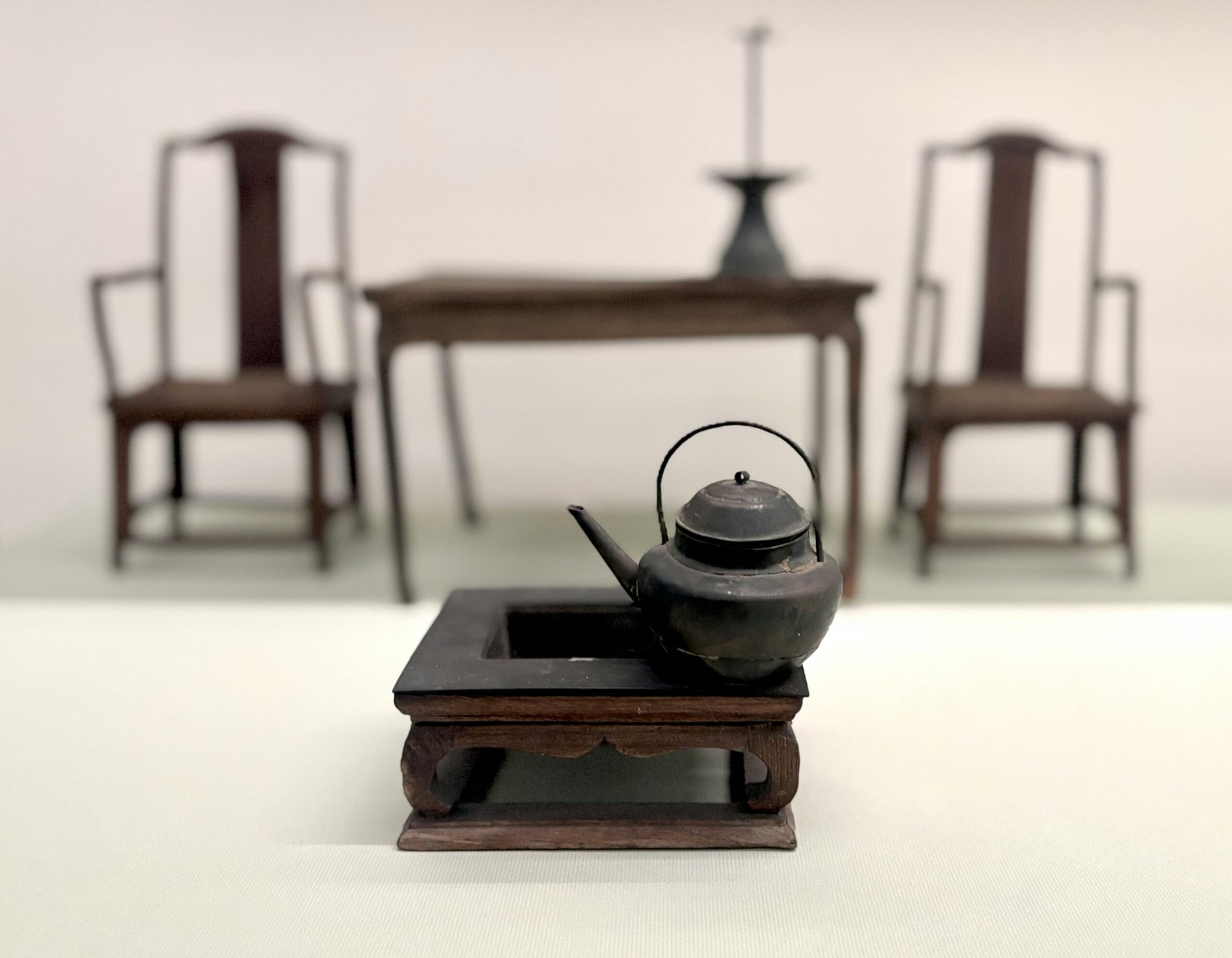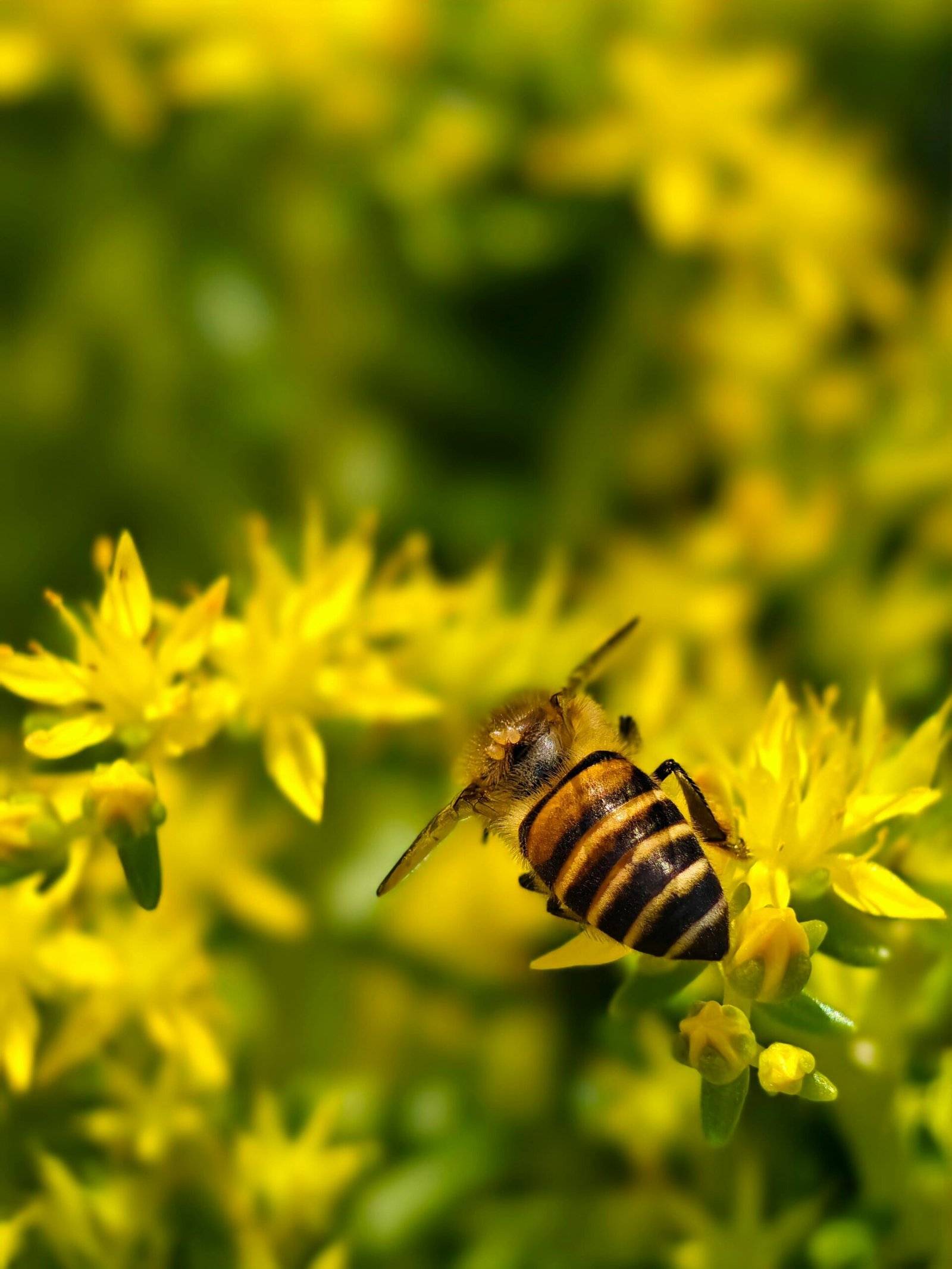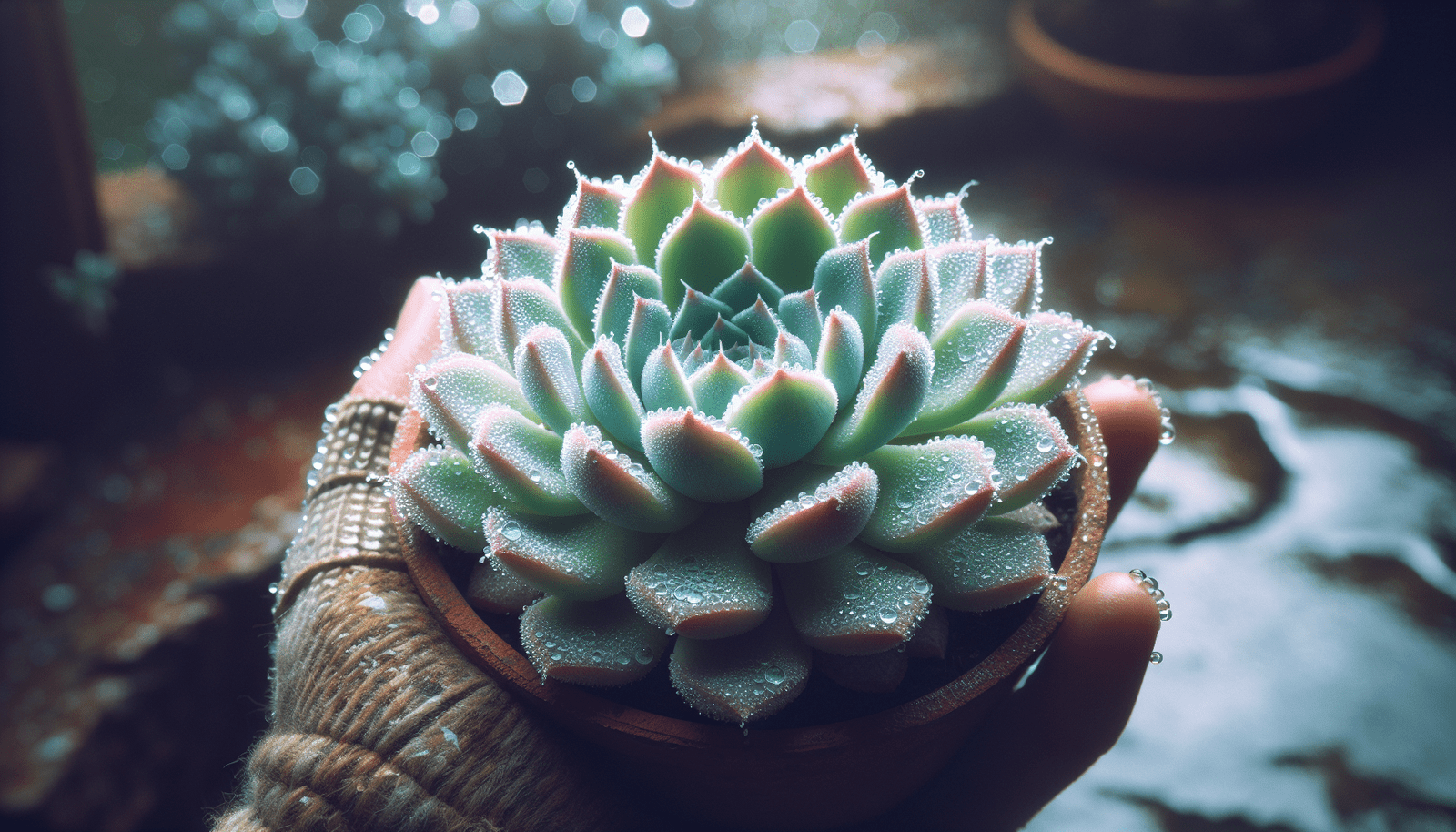Table of Contents
Everything About Collecting Rare Succulents
Have you ever wondered what gives rare succulents their allure and why they captivate collectors worldwide? Collecting rare succulents is a unique hobby that combines the beauty of nature with meticulous cultivation practices. In this comprehensive guide, we’ll address the origins of rare succulents, explore the intricacies of collection and care, and provide insights into the allure that makes these plants so sought after by enthusiasts and horticulturists alike.

The Fascinating World of Rare Succulents
To understand the growing popularity of rare succulents, we must first delve into what exactly sets them apart. Rare succulents often originate from specific climates or have unique attributes that differentiate them from more common varieties. While the horticultural world showcases a wide variety of plants, succulents stand out due to their remarkable adaptability, intricate forms, and, sometimes, their astonishing blooms.
Origins and Historical Context
Succulents have a long-standing history of fascination for plant lovers. These resilient plants, hailing from arid regions across the globe, have evolved to store water in their thick leaves, stems, or roots, allowing them to survive prolonged periods of drought. The diversity of the environments in which they are found—from the arid deserts of Mexico to the rocky landscapes of South Africa—has contributed to an immense variety in species and forms.
Anecdote: The Journey of Haworthia
Take, for example, the Haworthia genus, a group of small to medium-sized succulents native to South Africa. These striking plants, with their rosettes of fleshy leaves adorned with unique patterns, have intrigued botanists and collectors since they were first documented in the 17th century. The allure of Haworthia lies in their variability; no two specimens look exactly alike, making them a continual source of curiosity for collectors.
The Allure of Cultivating Rare Succulents
So what drives individuals to collect rare succulents? Part of the attraction lies in the challenge of their care and the beauty of their forms. Rare succulents are not only aesthetically appealing, but they also represent a triumph of adaptation and survival, often thriving in conditions that would be inhospitable to other plant life.
The Art of Selection
Choosing which rare succulents to collect is as much an art as it is a science. Collectors often seek specimens with unique attributes, such as unusual coloration, fascinating shapes, or rare blooming patterns. The aim is to find plants that are not only pleasing to the eye but also add value to a collection through their rarity and distinctiveness.
Challenges and Rewards of Cultivation
Cultivating rare succulents poses unique challenges. Unlike more common garden plants, these species often require specific care regimens tailored to their native environments. The thrill of successfully growing a rare succulent from offset or seed to maturity brings immense satisfaction to collectors and is a testament to their horticultural skill.
Correct Environment: Many rare succulents demand precise control over light, temperature, and humidity. Collectors must often simulate the conditions of the plant’s native habitat to ensure optimal growth.
Watering Regimen: Succulents are sensitive to moisture levels, with many being prone to root rot if overwatered. The key lies in understanding the specific watering needs of each variety, which can vary dramatically even within related species.
Soil Selection: A well-draining soil mix is critical. Collectors typically concoct their own blend of potting mix, incorporating sand, perlite, and other amendments to achieve the right balance of aeration and drainage.
Fertilization and Nutrients: Rare succulents generally require minimal fertilization. However, knowing when and how to supplement nutrient levels can significantly impact growth and health.
Propagation Techniques: Mastery of different propagation methods, such as leaf cuttings, offsets, and seed raising, enables collectors to expand their collections and share specimens with fellow enthusiasts.

Key Concepts in Caring for Rare Succulents
Understanding the principles behind succulent care is essential for maintaining a thriving collection. Let’s break down some of these key concepts further to provide a blueprint for success.
Light Requirements
Succulents generally thrive in environments with ample light, though the specific intensity and duration can vary. Rare varieties might require more nuanced lighting conditions:
- Full Sun: Some succulents, especially those from desert regions, require direct sunlight for a significant part of the day.
- Partial Shade: Others, particularly those originating under canopies or rocky overhangs, might prefer diffused light or partial shade.
- Artificial Lighting: In cases where natural light isn’t available, high-quality grow lights can compensate, providing the spectrum necessary for photosynthesis.
Watering Techniques
Adapting your watering approach to suit the needs of specific succulents is crucial. The saying “less is more” is apt for many succulents, especially those prone to rot:
- Soak and Dry: Many collectors adopt a “soak and dry” method, thoroughly watering the plant and then allowing the soil to dry completely before the next watering.
- Moisture Monitoring: Using tools like moisture meters can help prevent overwatering and fine-tune irrigation schedules.
Pest Management and Disease Control
Even the best-kept succulent collection can fall prey to pests and diseases. Vigilance and early intervention are key:
- Physical Examination: Regularly check plants for signs of infestation, such as discolored leaves or webbing.
- Natural Remedies: Introduce beneficial insects or apply organic treatments like neem oil to mitigate pest issues without resorting to harsh chemicals.
Visual Enhancements: Display and Design
A well-organized succulent collection is not only a feast for the eyes but also serves as an educational tool. Display plays a significant role in the aesthetic and functional success of a collection.
Designing with Succulents
When designing your succulent display, consider both visual appeal and the health of your plants. Grouping plants with similar needs not only makes care more efficient but also creates a harmonious arrangement.
- Mini Landscapes: Use pebbles, driftwood, and decorative stones to build miniature desert or alpine landscapes.
- Vertical Gardens: For limited spaces, vertical arrangements using wall planters or trellised succulents can make a striking exhibit.
Integrating Multimedia
In this digital age, enhancing your collection with multimedia elements like videos and photos provides an immersive experience for viewers:
- Time-Lapse Videos: Capture the growth or blooming phases of your succulents and display them for viewers to appreciate the dynamism of these seemingly static plants.
- Photographic Catalogs: Create a visual record of your collection to track growth, changes, and successes over time.

Case Studies: Successful Succulent Collections
Learning from the successes of others can provide invaluable insights into building and maintaining your rare succulent collection.
The Streptocarpus Success
Consider the case of a renowned horticulturist who specialized in cultivating rare Streptocarpus. Through precise climate control and innovative care techniques, this individual not only grew healthy specimens but also successfully hybridized several new varieties, contributing significantly to the horticultural community.
Comparative Analysis: Lithops vs. Conophytum
Lithops and Conophytum, often confused due to their similar mimicry of stones, offer a fascinating study in adaptability and survival. A collector might compare their cultivation needs, bloom cycles, and growth habits to refine care techniques and achieve optimal results.
| Lithops | Conophytum |
|---|---|
| Native to South Africa and Namibia | Found predominantly in Southern Africa |
| Requires minimal water during dormant phase | Benefits from a slight increase in moisture during active growth |
| Prefers bright, indirect lighting | Tolerates slightly shadier conditions |
| Distinctive leaf patterns mimic stones | Known for their compact shape and seasonal blooms |
By analyzing these comparative studies, collectors can gain a deeper understanding of the specificity required in caring for different succulents and apply these lessons to their own collections.
Conclusion
Collecting rare succulents is more than just a hobby; it is an exploration into the remarkable diversity and resilience of plant life. Whether you are drawn to the intricate patterns of Haworthia or the stone-like mimicry of Lithops, each plant tells a story of evolution and survival. By combining meticulous care, innovative display techniques, and a commitment to learning, you can cultivate a collection that not only enriches your environment but also satisfies your horticultural curiosity.
As you continue your journey into the world of rare succulents, remember that each plant holds within it the secrets of its unique origins, waiting to be unlocked through careful study and thoughtful cultivation. Embrace the challenge, and let your collection flourish as a testament to the beauty and complexity of the natural world.

Rare Succulent Care 101: How To Keep Your Exotic Plants Healthy And Beautiful
Understanding the Tax Implications of Selling Collectibles

